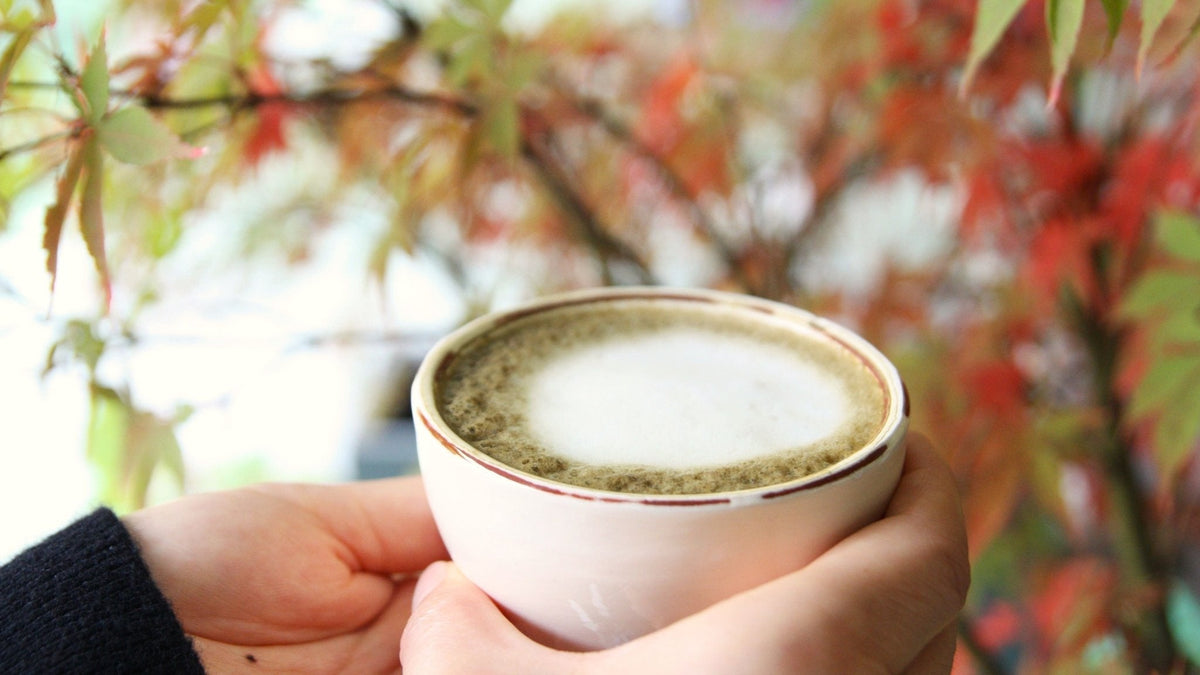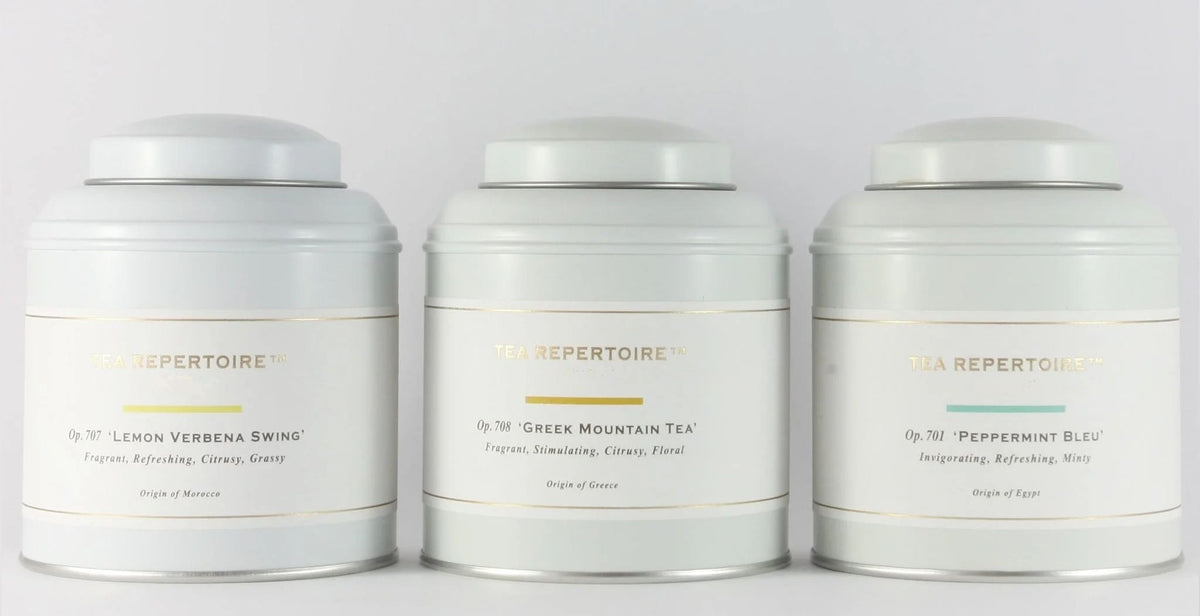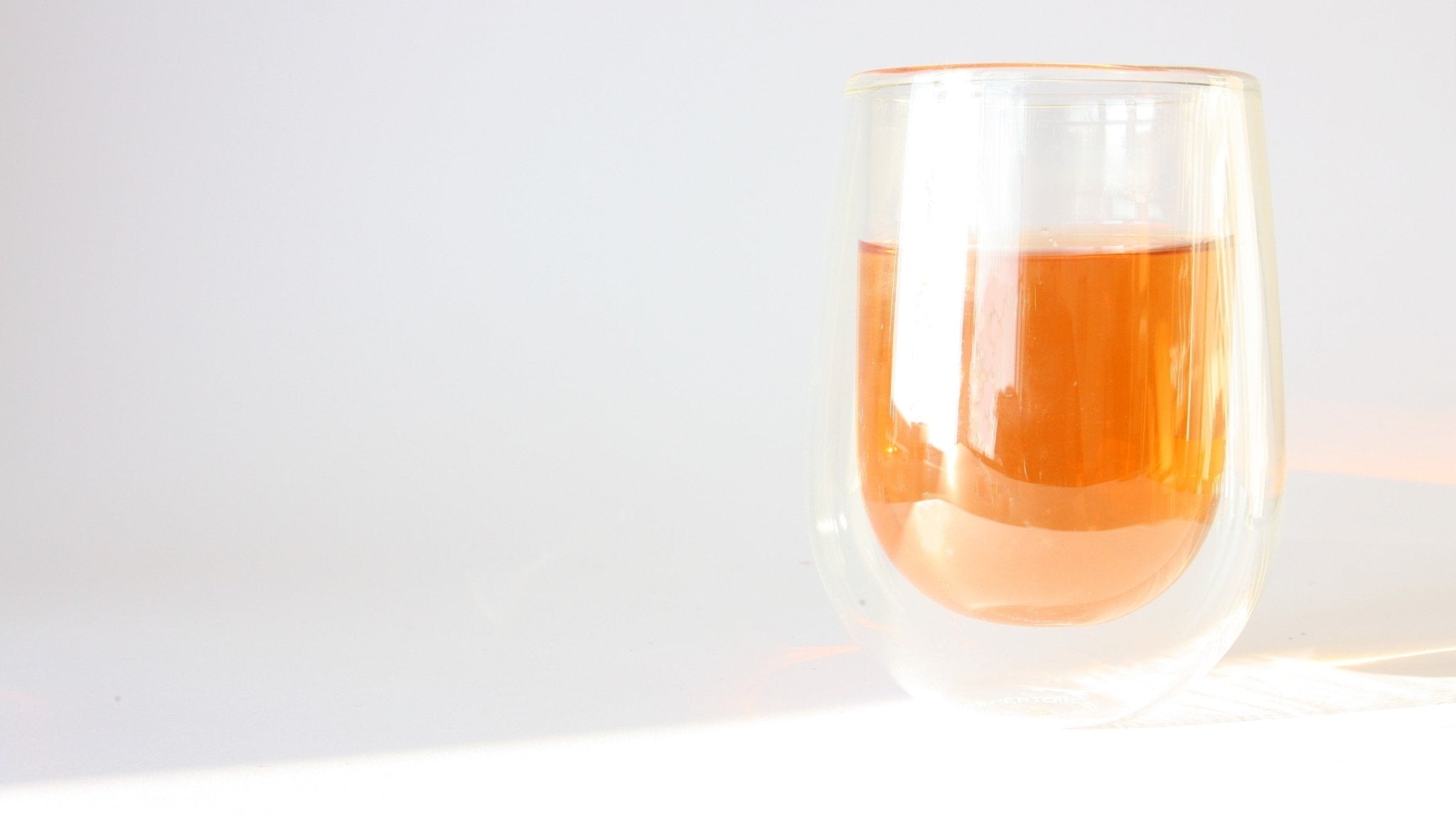What is Rooibos (Redbush) tea?
 Rooibos, also called Redbush, is a caffeine-free herbal tea grown mainly in Cederberg mountains, situated in the north of Cape Town in South Africa, although the production has been extended to other parts of South Africa these days. South Africa is the only producer of Rooibos globally and approx. 7 tons are exported to 30 different countries. Besides South Africa, main countries consuming Rooibos are United Kingdom, Germany, Japan, the Netherlands and the United States.
Rooibos, also called Redbush, is a caffeine-free herbal tea grown mainly in Cederberg mountains, situated in the north of Cape Town in South Africa, although the production has been extended to other parts of South Africa these days. South Africa is the only producer of Rooibos globally and approx. 7 tons are exported to 30 different countries. Besides South Africa, main countries consuming Rooibos are United Kingdom, Germany, Japan, the Netherlands and the United States.
Seeds are planted in February or March and the first harvest can be made 18 months later when the branches grow between 30-40 cm. The leaves are processed similar to camelia Sinensis tea plants. During this process, the leaves are being cut and bruised to help the oxidation process. It is at this moment that the leaves turn red colour. There is another version which is less oxidized, called Green Rooibos. This version has more minerally and grassy notes.
How does rooibos tea taste?
In general, red rooibos has a sweet, honey aroma with malty, tobacco flavours and dried cherries, vanilla notes. It has a low level of tannin, so doesn’t have the bitter taste that you can find in teas made from Camelia Sinensis tea plants.
As it offers quite a rich flavour with full-body, rooibos is often consumed with milk in South Africa, as a non-caffeine alternative of English Breakfast.
How much caffeine is in rooibos tea?
Rooibos tea is free from caffeine, therefore it is an ideal drink for people having problems sleeping or sensitive to caffeine. It is also known to contain calcium and magnesium which help fighting against insomnia.
What is rooibos tea good for?
Rooibos contains an antioxidant which could help prevent many diseases such as diabetes, cancer or heart diseases. It can help with weight loss, as it contains zero calories and tastes naturally sweet. Rooibos tea also has an anti-inflammatory property, which might help aches or pains.
Visit our blog page to learn more about the health benefits of tea and herbal tea.
What does rooibos tea do for your skin?
Rooibos can help to improve skin appearance and slow down the development of wrinkles. It contains Zinc, which apparently helps reduce acne or eczema. Another component, the superoxide dismutase, has anti-ageing properties.
Can rooibos help lose weight?
As Rooibos doesn't have any calorie and it tastes naturally sweet, it can be easily consumed without sugar, unlike English Breakfast, which is often drunk with milk and sugar. Therefore, Rooibos may well be a good alternative for English Breakfast for those who are trying to loose weight by lowering down the sugar intake.
How to prepare rooibos tea?
Step 1: Preparation leaves
We recommend taking one teaspoon of rooibos (2 grams) for every 200ML of water. It will be approximately two teaspoons of rooibos for a medium size teapot to brew.
Step 2: Choosing the water
The quality of the water is an essential part of getting the best brew. We always recommend using filtered water or water containing fewer minerals. Ideally, the mineral content should be below 100 ppm.
Step 3: Steeping time for Rooibos
Rooibos can be steeped longer than Tea from camelia sinensis, as it doesn’t get bitter. In general, we recommend brewing rooibos leaves for 3 - 5 minutes, according to your preferred strength. Once it is brewed, pour the rooibos infusion from your teapot to a mug and enjoy. We enjoy the naturally calming flavour of rooibos on its own, but feel free to add milk, honey or sugar, milk or honey according to your preference.
Leave a comment
Comments will be approved before showing up.
Also in TEA JOURNAL

The ultimate guide to matcha
Looking to master matcha? Learn how to choose the best matcha powder, prepare traditional Koicha and Usucha, understand flavor notes, and unlock powerful health benefits in this all-in-one guide.

How to Make the Perfect Hojicha Latte – A Barista’s Guide from Tea Repertoire
Discover how to craft the perfect Hojicha Latte — a smooth, nutty Japanese roasted tea drink that’s as comforting as it is refined. In this barista-approved recipe, Tea Repertoire shares the secrets behind achieving the ideal balance between roasted depth and creamy sweetness using organic Hojicha powder sourced directly from Shizuoka, Japan.

A Guide to Gifting Tea
A Guide to Gifting Tea: The Perfect Tea for Every Taste
Looking for the ideal tea gift? Whether it’s smooth Taiwanese oolongs, fragrant Jasmine Phoenix Pearls, or caffeine-free herbal teas, Tea Repertoire offers thoughtful recommendations to delight any tea lover. From rare Yunnan Purple Buds to crowd-pleasing Black Forest, discover premium teas for every palate. Learn more.

